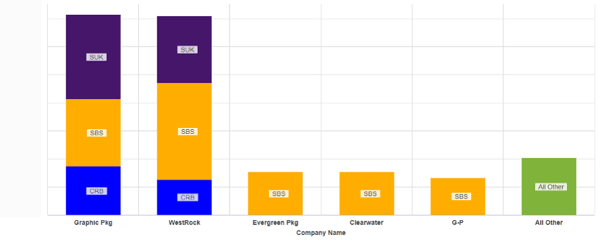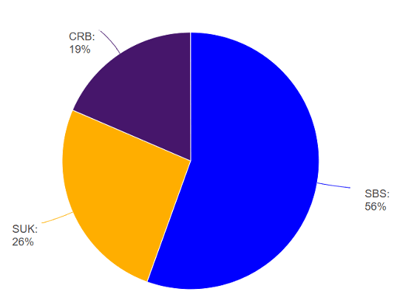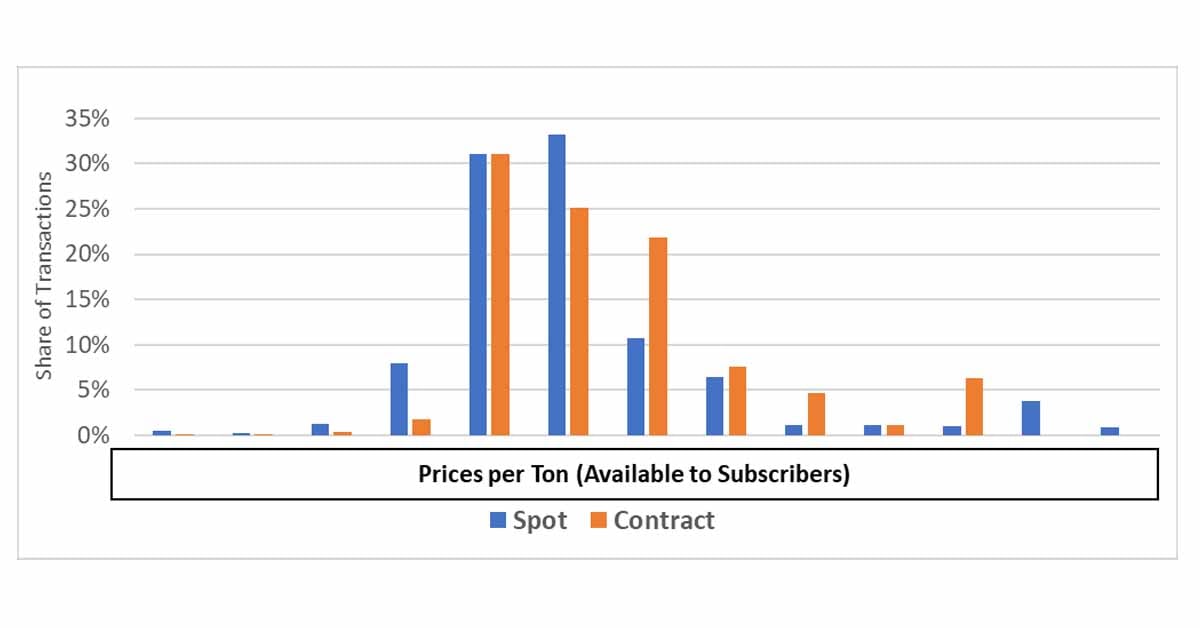The global COVID-19 pandemic has altered the way we have gone about everyday life over the last 10 months… and counting. Some of these changes will carry long-lasting structural implications that will impact not just “home” life, but also global markets. However, many of these alterations are also creating a number of opportunities within various industries that the pulp and paper sector serves, including frozen food packagers.
Since consumers have had reduced access to restaurants during the various stages of lockdowns that began in March 2020, many people have had to rely on getting creative in their own kitchens to feed themselves. According to Acosta, a sales and marketing firm for consumer packaged goods companies, over 55% of consumers are eating at home more often since the pandemic began than they did before. However, 25% of consumers are growing tired of cooking due to challenges they’re encountering when meal planning such as:
- A fear of exposure to COVID-19 while grocery shopping (45%)
- Difficulty planning different meals every day (40%)
- Lacking necessary ingredients (38%)
- Lack of cooking skills (17%)
Even though 35% of shoppers have found a new passion for cooking during the pandemic, many consumers are looking for a convenient solution that allows them to cut down on the effort involved in creating at-home meals, and frozen meals do just that.
The perception that frozen meals are largely boring and unhealthy options began to shift before the coronavirus had even occurred. Consumer demand has prompted frozen food packagers to develop a diversifying array of healthy options to fit within the parameters of all diet types. However, the global pandemic accelerated this trend and frozen food sales increased by 17.4% in November 2020 compared to sales in November 2019.
Recent History, New Data
We are still a long way from returning to “normal,” and we’re largely unsure what that will look like down the road. However, key findings from an American Frozen Food Institute (AFFI) report issued in the wake of the initial COVID-19 lockdown details some interesting trends that have taken shape over the last year:
- 90% of consumers are eating more meals that are prepared at home versus pre-pandemic and, in addition, 73% of consumers are taking more time to prepare meals than usual. Both present big opportunities for the frozen food department.
- Current frozen food consumers changed up their buying patterns: 70% bought more frozen food than usual, 68% agreed that their purchases included different items than usual and 72% picked up different brands than usual because of unavailability. In total, 73% of shoppers said they experienced out-of-stocks when shopping for frozen foods amid the pandemic.
- In addition to different choices in the frozen foods aisle, more consumers bought groceries (46%) and frozen foods (39%) online.
- Consumers rate their satisfaction with the frozen foods they purchased highly. Convenience received the top rating, with an average of 4.3 on the five-point scale, where five is excellent. Quality was second-highest, with an average of 4.1.
- 50% of consumers who have purchased frozen foods since the onset of COVID-19 in the U.S. expect that they will purchase a lot more (18%) or somewhat more (32%) frozen foods in the next few months.
Based on this data, consumers are very satisfied with the quality and convenience of their frozen meals, which suggests there is sustainable growth in the segment for both retail and online sales.
This increase in frozen food sales has also translated to an increased demand for shipping boxes as frozen foods have made up 39% of online grocery purchases. Being able to ship meals that are easy and convenient right to your doorstep with little to no human interaction in the midst of this pandemic has been an extremely popular option amongst many consumers, as it makes them feel safer. This is a large opportunity for the paper industry as there is increased demand for shipping boxes that can safely transport these frozen meals and other perishable items.
Top 5 Producers of Cartonboard Used in Frozen Food Packaging, Q1 2021

This trend has created a great opportunity for companies that produce the paperboard used in frozen foods packaging. Solid bleached sulfate (SBS) and coated unbleached kraft (CUK), which are both virgin fiber-based grades, are the preferred paperboard grades for frozen food packaging due to their wetting resistance and superior stiffness. However, coated recycled board (CRB) has also been gaining wider acceptance amongst consumers due to the growing preference for recycled-based packaging. Production capacity for SBS, CUK and CRB has increased levels as more consumers continue to purchase frozen meals.
Relative Capacities of Cartonboard Used in Frozen Food Packaging by Grade, Q1 2021

Even with the slow rollout of the COVID-19 vaccine, many in the consumer retail space are a long way from returning to pre-COVID levels of traffic and sales – particularly the restaurant and hospitality segments, which have been especially hard hit. As consumers develop new buying habits that are likely to drive structural changes in the marketplace, the momentum in the frozen food segment appears that it’s here to stay.










